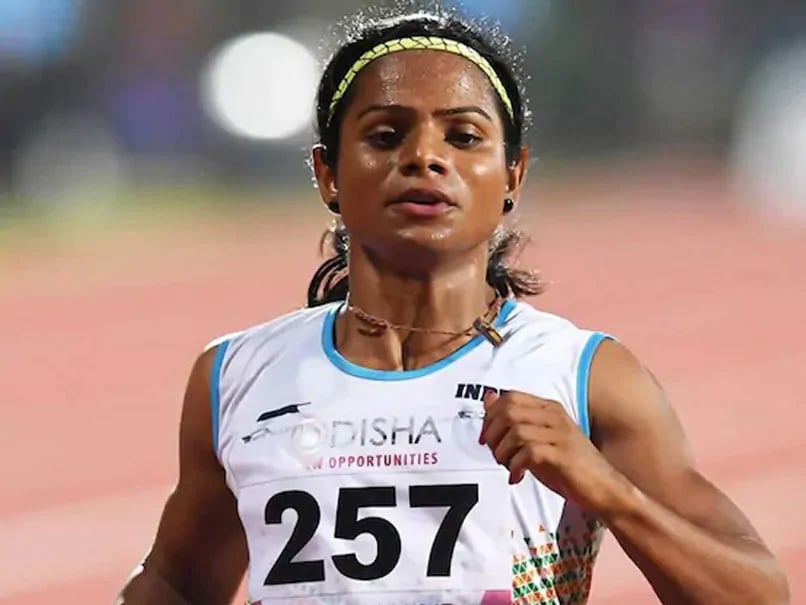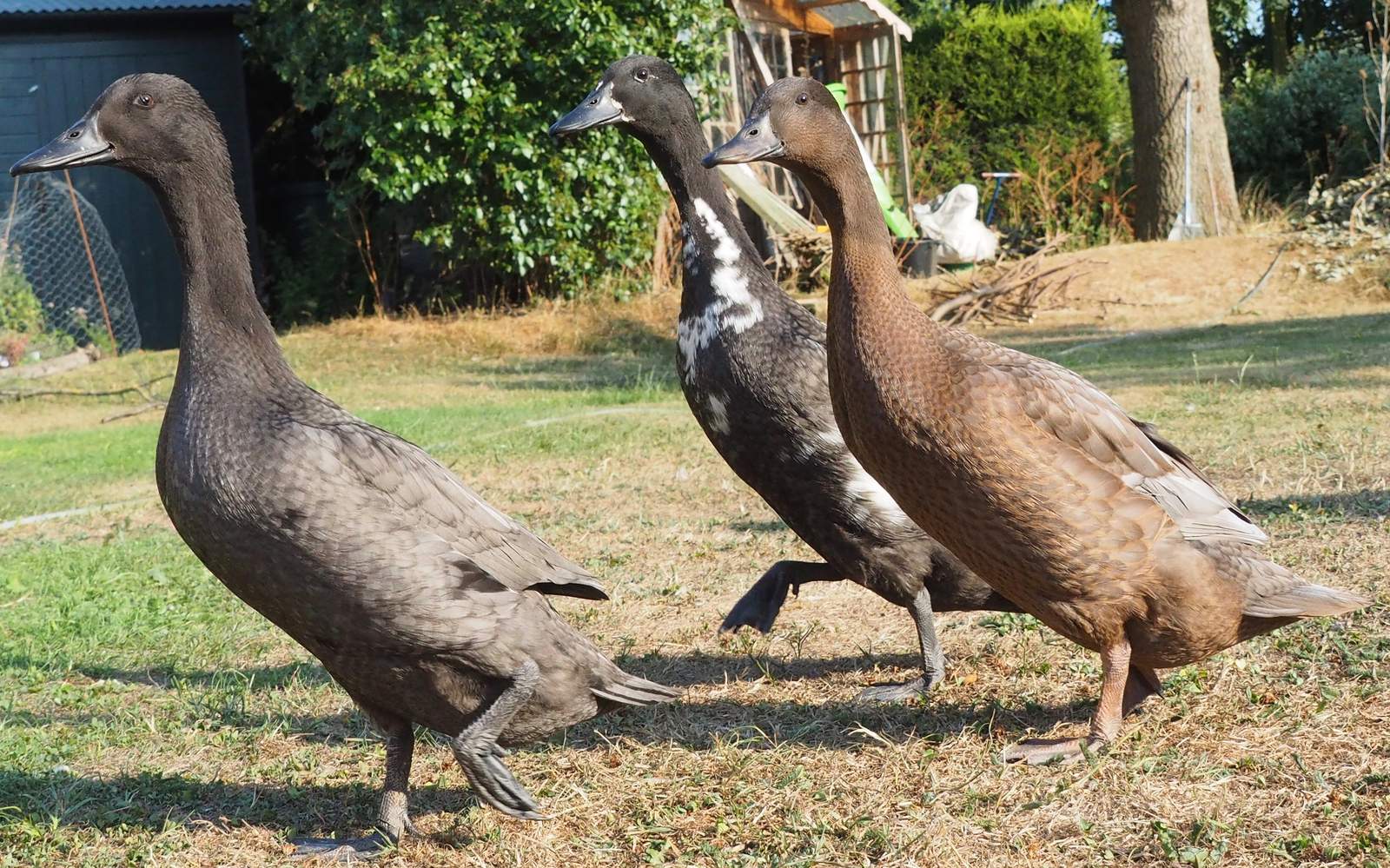

While many believe that the breed must have originated in India because of its name, this is not entirely true. However, the origin of the Indian Runner duck has often been the subject of debate. Indian runner ducks have also appeared in several Dutch paintings of the early 17th century. Later found in Malaya and Lombok in the mid-19th century, European explorers observed these agile and determined foragers in their accounts of their explorations. Runner ducks were discovered in carvings made of stone over one thousand years ago in the Indonesian islands of Java. Usually, the ratio of the body to the neck is 2:1 Origine It stands out and has a layer of hard feathers around it that accentuates this muscular region. There is a part of the neck that is muscular and well marked. The long thin neck is an important feature of these ducks. The neck is always in line with the body.

The eyes are placed so high that sometimes they seem to be above the skill line. They are bright and alert and have a characteristic fullness. The eyes of the Indian Runner Duck are particularly interesting. The bill has a very obvious wedge shape and fits perfectly in the skull with the flat top. The head is usually lean and aerodynamic to help the duck to run better. This is not a duck that you can easily confuse! The head of the Indian Runner Duck has a remarkable wedge shape and shows an unusually straight beak with eyes that are placed high on the skull. A drake (male duck) usually measures between 65 and 80 cm, while a hen (female duck) measures between 60 and 70 The total length of the duck is measured from the tip of its beak to the middle toe. Its strong legs are able to easily carry thin and upright bodies and long necks, frantically foraging and generally doing mischief. Runner ducks are a very light breed, which contributes to their agile skills, super speed, and incredible strength. Where other ducks “waddle”, these ducks “run.” The reason why Indian Runner Ducks are literally able to “run” is the unusual placement of a set of very strong legs located just at the back of their bodies. However, when they are relaxed, they tend to keep their bodies tilted at an angle between 50-70 degrees. When these ducks are absolutely straight, you can see a correct line from the back of the head to the tail. When they are excited, their body is almost completely erect. The Indian Runner Duck is possibly the most recognizable duck in history due to its unusual vertical posture, striking shape, and bone definition, all of which contribute to its unique status in the duck world.
Duti indian runner how to#
Want to know how to feed your Indian Runner Ducks? Here you can read: What Do Indian Runner Ducks Eat: Runner Ducks Feeding Guide Classification: Class: Aves, Order: Anseriformes.Feeds on seeds, tubers, aquatic plants, and crops

Wingspan: 30 to 40 inches or 76 to 102 cms.It flattens only around the shoulders and a kind of funnels towards the body. It is narrow and long and maintains a characteristic cylindrical shape throughout. The body of the Indian Runner Duck almost projects a very funny figure. In many ways, the Indian Runner Duck is the perfect farm duck or backyard you can have. Indian Runner Ducks are used for two main purposes: Duck farming and keeping as pets The truth is that the best breeders and associations around the world agree that it is vital that the purity of the Indian runner duck breed be protected not only by their highly precious personalities and amazing movements but by their incredible placement skills that you can turn into a profitable business. The elegant and slim Indian Runner Duck is an extremely unique breed of duck and, although there is a great debate about its origin, (many enthusiasts believe they were bred for their beauty and uniqueness rather than evolve from a natural selection over a period of time). Not only are they great entertainers, but they are also excellent for a lucrative business. For those who want to keep Indian runner ducks as pets in their farm or garden, it would be a perfect choice, given the shape and nature of these birds.


 0 kommentar(er)
0 kommentar(er)
